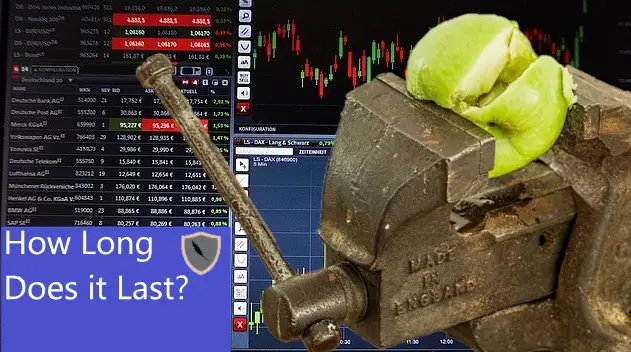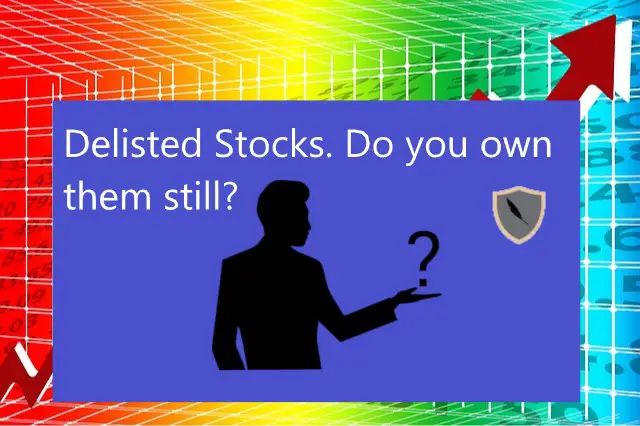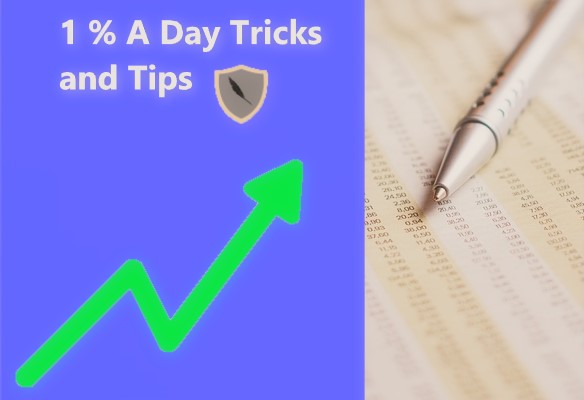Picture this: You’re a hedge fund manager sitting in their high rise office in downtown Manhattan. You just finished your work day and are currently finalizing the portfolio reports for the week before heading home to your penthouse apartment.
Suddenly your lead analyst for your portfolio kicks in your office door. Hair a mess, shirt untucked, foaming at the mouth. “We have a huge problem…the retail traders….they found out about our short position!”
It’s game over.
In this article I am going to show you how to figure out if retail traders are trading a stock. This is going to allow you to get into a stock before the retail trader hype strikes and drive the price through the roof.
You can tell if retail traders are trading a stock by looking at volume sizing counts on a stock. If you see weird volume sizing instead of normal rounded share counts then retail traders are trading the stock.
As always if you like content like this then feel free to subscribe to the free newsletter to remain up to date on stock research and tips/tricks of the profession.
Without wasting any time, let’s jump right into how to tell if retail investors are trading a stock.
What is a Retail Trader and Why Do They Matter?
A retail trader is anyone who is trading for themselves managing their own money. Starting in the mid 1990’s online trading became more common which has since allowed anyone to start investing.
Because of this the amount of individuals managing and controlling their own stock purchases in the market has increased considerably. This is both a good and bad thing.
It is good because now everyone has the capability to make money in the market. However, most retail traders don’t know what they are doing and because of this they fall into what I like to call ‘retail trader traps.’
These traps all revolve around finding the easiest ways to ‘make’ money in the market outside of actually researching stocks. Retail traders will follow stock market guru’s on social media, pay for premium chat rooms, and even give their money to random people who promise to make a return.
Since there are so many novice retail traders entering the stock market certain stocks have seen insane increases in volatility and price. One of the most iconic was the Gamestop short squeeze of January 2021.
Retail traders matter because they introduce a random variable into the once ‘predictable’ markets. If we can predict their movements and invest before they do we can make huge returns.
That is the point of this article. I am here to show you how to tell if retail investors are trading a stock so that you can get in before the masses.
Watching the Time and Sales Chart
Here is a law of the stock market
- Institutional investors only buy and sell a ’rounded’ share amount (100,200,50)
- Retail traders will sell whatever cash amount they can. This will result in share order amounts of 31,25,16, etc.
Let me show you what I mean.
Retail Trader’s Trading a Stock
Here is the time and sales chart for Smile Direct Club, a known retail trader stock. Each red line is a retail trader placing their order. I know this because institutional traders, such as hedge funds and investment banks only buy in 100 share order increments.
The reason behind 100 order share increments is because it is easier for their computer algorithms to manage liquidity, risk, and total price of rounded share numbers.
Most retail traders don’t know how to calculate total risk in a portfolio/investment and simply calculate how much money they can throw into an investment. That’s why you get weird order numbers such as 31 shares at $6.4309. (That retail trader simply wanted to invest $100 dollars in SDC)
As we can see there is a multitude of retail traders trading SDC right now. Thus we can bet that the price is going to be extremely volatile for a little bit as retail traders panic buy/sell.
Institutional Traders Trading a Stock
Here is the time and sales chart on the SPY, the largest U.S ETF. This ETF is bought and sold automatically by computer algorithms owned by large institutional investors. (hedge funds and investment banks)
Notice just how many orders are filled and executed at round numbers? That is a great indication that retail traders are not impacting the stock price as much as they would other stocks. I am not saying that retail traders are not going to impact the SPY, but rather that their volume will not matter nearly as much.
Why Does Volume Sizing Matter?
The short answer to this question is that if you notice volume sizing going from round numbers to random numbers then chances are more and more retail investors are starting to invest in the stock.
Several hedge funds have created computer algorithms that monitor this volume sizing to rank certain investments as retail investor driven. With this information (data) they can position an investment before volatility increases due to more retailers investing.
The good news is that now that you know about this you can do this as well!
If you are good with computer programming you can simply design a python computer program to track volume sizing to make predictions. This is the professional way of doing this.
However if you are not good at computer programming then you can simply watch the time and sales and make a good judgment call. Once you know what you are doing it does not take much time to determine if the stock is being driven by retail investors or institutional investors.
If you’re looking for a great piece of academic literature on just how this methodology works I highly recommend checking out this article from the University Texas of Dallas; Transaction Sizes and Institutional Investor Trading Patterns around Earnings Announcements
Example of Predicting Retail Traders
A couple weeks back I wrote an article on SDC going over how retail traders could push this stock into a short squeeze. If you timed a position properly you could have made huge returns by using a combination of OTM calls and long held shares.
You can find the article by clicking here.
Notice how when I published the article there was a day of increasing volume? This volume was caused by retail traders buying weird share volume numbers.
If you had utilized this investment methodology properly then you could have gotten into a position a couple days before it exploded.
Conclusion
Learning how to predict and profit off retail investors is a great skill to hone. It will allow you to see where people are going to invest next and position and investment long before the crowd starts to explode the stock’s price upwards.
As always if you like content like this then I highly suggest you check out our newsletter. Its free and helps you stay updated on all upcoming stock research and tips/tricks of the trade.
Further, you can check out some of our other articles below.
-
How Long Does a Short Squeeze Last? (3 Answers)

What is the time frame for you short squeeze? Well here is everything you will ever need to know to determine how long it will last.
-
Why You Still Own a Stock After It’s Delisted and How to Sell It

Do you still own a stock after its delisted? How do you sell it? Don’t worry the stock is still worth money and here is how to sell.
-
Can You Make 1% A Day in the Stock Market? (3 Steps)

Making 1% a day in the stock market is hard but defiantly doable. Here are 3 simple steps to helping you achieve this return.
Until we meet again, I wish you the best of luck in your investments.
Sincerely,



